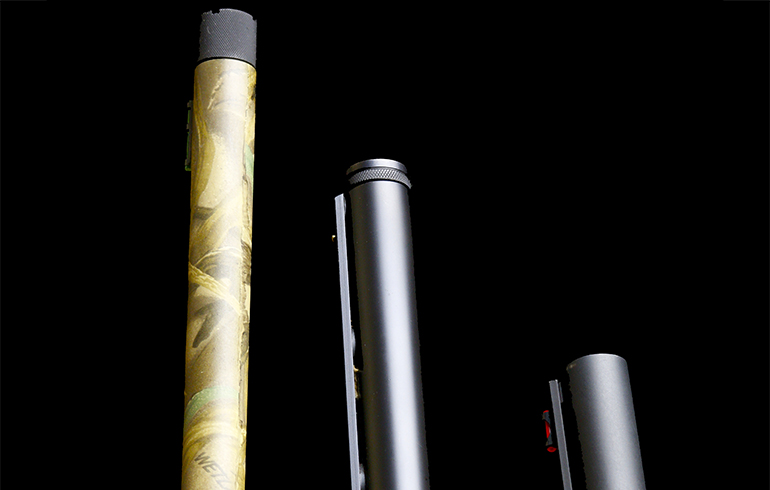In Some Instances – Length Means Everything
Want to hit more ducks, pheasants, grouse, quail and clays? Get a longer barrel.
Shotgun “accuracy” is a product of gun fit (so it points where you’re looking every time), concentration (so you don’t pull off the target at the last split second), gun and shell patterning (so it throws an even and adequately dense concentration of pellets around the target center), and follow-through.

Ah, follow through. There’s the rub. The dreaded “stopped your swing” move. You can perfect all the above, but if you stop your gun’s momentum on anything but a straightaway, you miss.
This is where the longer barrel comes in. Inertia. Get a long, heavier barrel moving and it tends to keep moving even if you don’t. A bit of forward, muzzle heavy balance helps, too.
Like many shooters, I learned this the slow, hard way, preferring a short, quick-pointing, racy looking shotgun with 26-inch barrels and one with a 24-inch barrel. Those work fine for snap shooting (poking at the target) in heavy cover, but they are tough to control (maintain swing) in any kind of open sky shooting.
During a recent quail hunt in open grasslands mixed with a bit of brush, I borrowed a 28 gauge with a 30-inch barrel and reaped the rewards. Singles, doubles, straightways, left-right doubles, in-coming, high overheads — regardless the angle and direction of flight, those quail kept flying into light charges of 7 1/2 shot. The dogs loved me.
Since getting my first 28 gauge way back in 1996, I’ve been impressed with the performance of this little gauge. Coupled with 30 inch barrels, however, the little 28 stepped up to a whole new level of performance. Whether you shoot a 28, 20, 16, 12 or 10 gauge, you might find longer barrels improve your wing shooting, too.




